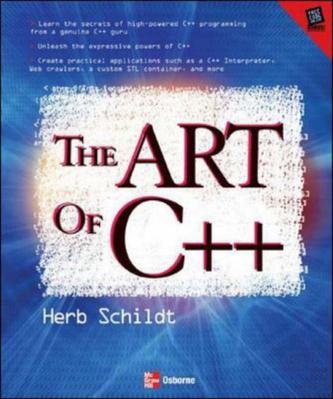Mastering the Art of Fishing: A Step-by-Step Tutorial Video Guide
Fishing, an ancient pastime that has stood the test of time, is not just a sport but also a relaxing and rewarding hobby. Whether you are a seasoned angler or a beginner looking to cast your line into the unknown, having the right techniques can make all the difference. In this article, we delve into the intricacies of fishing and provide you with a comprehensive guide to master the art through the power of video tutorials.
Understanding the Basics
Before you can start reeling in the big ones, it's crucial to understand the basics of fishing. The first step is to gather the necessary equipment. This includes a rod, reel, line, hooks, lures, and bait. Each of these components plays a vital role in your fishing success.
Choosing the Right Equipment
- Rod and Reel: The rod and reel combination should match the type of fishing you plan to do. For example, a spinning rod and reel are ideal for freshwater fishing, while a baitcasting setup is better for saltwater.
- Line: The type of line you use depends on the fish you're targeting and the environment. Monofilament is versatile and easy to handle, while fluorocarbon is nearly invisible underwater and great for clear water.
- Hooks: Hooks come in various sizes and shapes, each designed for specific fish. Ensure you match the hook size to the bait you're using.
- Lures and Bait: Lures mimic the movement of natural prey, while bait is used to attract fish. Choose lures and bait that are appropriate for the species you're targeting.
Mastering Casting Techniques

Casting is the act of throwing your line into the water. Here are some essential casting techniques:
- Basic Casting: Start with a basic overhand cast, which is ideal for beginners. Hold the rod with a comfortable grip, point the rod tip at the target, and then cast by bringing the rod back and forward in a smooth, sweeping motion.
- Trolling: Trolling involves moving the boat or a fishing line through the water to attract fish. This requires a steady and consistent casting technique.
- Jigging: Jigging involves quickly lifting and dropping your lure in the water to mimic the action of a struggling fish. This technique is often used for deep-sea fishing.
Learning to Read the Water
Understanding water conditions is key to successful fishing. Here are some tips:
- Observe the Water: Look for areas where the water currents are strong, as these can be hotspots for fish.
- Identify Structure: Fish often congregate around structures like rocks, logs, and bridges. These areas can be prime spots for catching fish.
- Understand the Weather: Weather conditions can significantly impact fish behavior. Overcast days and early mornings are often more productive.
Fishing Techniques for Different Species
Different fish species require different approaches. Here are some general tips:
- Bass: Bass are often found in areas with a lot of structure. Use a variety of lures and bait, and be patient.
- Salmon: Salmon are known for their aggressive feeding habits. Use bright, colorful lures and be prepared for fast action.
- Trout: Trout are more cautious and can be caught using a variety of techniques, including nymphing and dry fly fishing.
Safety and Etiquette
Always prioritize safety and follow good fishing etiquette:
- Safety First: Wear a life jacket if you're fishing from a boat, and be aware of your surroundings.
- Respect the Environment: Keep the area clean and dispose of trash properly.
- Catch and Release: If you're not planning to keep the fish, practice catch and release to ensure the sustainability of fish populations.
Utilizing Tutorial Videos
To help you master these techniques, there are numerous fishing tutorial videos available online. These videos can provide step-by-step instructions, tips, and tricks from experienced anglers. Here are some tips for using tutorial videos effectively:
- Watch Multiple Sources: Different anglers may have different approaches, so watching multiple videos can give you a well-rounded understanding.
- Practice Regularly: The more you practice, the better you'll become. Use tutorial videos as a guide but don't hesitate to experiment with your own techniques.
- Seek Feedback: If you're learning with a group or from a mentor, don't hesitate to ask for feedback on your technique.
In conclusion, fishing is a skill that can be honed over time. By understanding the basics, mastering casting techniques, learning to read the water, and adapting your approach to different species, you'll be well on your way to becoming a proficient angler. Utilize the wealth of information available through tutorial videos to accelerate your learning curve and enjoy the many rewards that fishing has to offer. Happy fishing!












